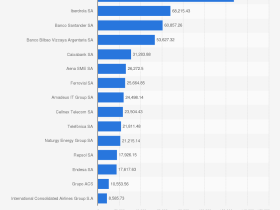
Singapore’s garment industrys
Singapore’s garment industry, though not as prominent today as it once was, has played a significant role in the country’s economic development. In the 1960s and 1970s, the garment and textile sector was one of the first industries to emerge as Singapore transitioned from a colonial trading port to an industrialized nation. At its peak, the industry employed thousands and contributed significantly to export earnings. Low labor costs and favorable trade policies attracted multinational garment manufacturers, helping Singapore gain a foothold in the global apparel market.
However, as Singapore’s economy grew and shifted toward high-tech manufacturing, services, and finance, the garment industry faced intense competition from neighboring countries like Malaysia, Indonesia, and later China, which offered cheaper labor and larger-scale production. By the 1980s and 1990s, many garment factories either closed or relocated to lower-cost regions. This shift marked the decline of mass garment manufacturing in Singapore, though the industry never completely disappeared.
Today, Singapore’s garment industry is more niche and innovation-focused. It includes high-end fashion design, textile technology research, and sustainable fashion startups. Local fashion labels such as Charles & Keith, Love, Bonito, and Benjamin Barker have gained international recognition. These brands emphasize quality, design, and branding over mass production. Singapore also serves as a hub for regional headquarters and distribution for global fashion companies due to its strategic location, excellent logistics infrastructure, and pro-business environment.
Additionally, government initiatives like DesignSingapore Council and Enterprise Singapore have supported the growth of the local fashion ecosystem. Educational institutions such as LASALLE College of the Arts and Nanyang Academy of Fine Arts (NAFA) contribute to talent development in fashion and textile design. These efforts have helped shape a vibrant creative scene, with events like Singapore Fashion Week showcasing local and regional designers.
Sustainability is also becoming a key focus. With growing awareness of environmental and ethical issues in fashion, Singaporean companies are exploring eco-friendly materials, circular fashion, and digital technologies like 3D fashion design and virtual try-ons. The industry is evolving to align with global trends while adapting to Singapore’s high-cost environment by focusing on innovation, value-added services, and brand development.
In summary, Singapore’s garment industry has transitioned from a labor-intensive sector to a knowledge-based, design-driven field. Though it no longer dominates the economy, it remains a vibrant part of Singapore’s creative and retail landscape, contributing through innovation, entrepreneurship, and regional influence.


Leave a Reply